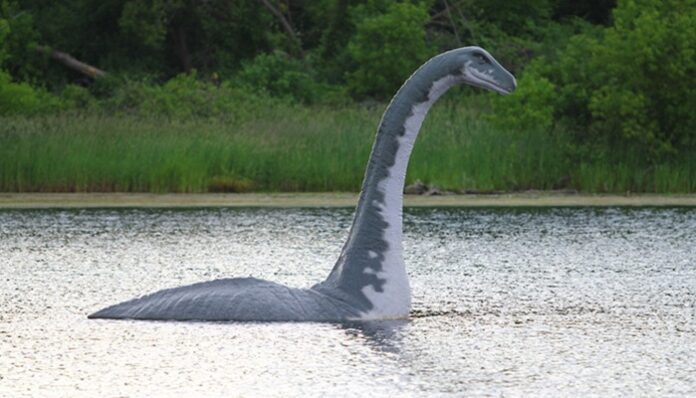
A sea serpent hidden away in a lake, the Kraken destroying pirate ships, the leviathan — no matter how we know her name, we know the legends. The creatures lurking in oceans, seas, and lakes still have the ability to mystify and evade our watch, but they exist despite it.
Tucked away in a remote lake in Scottland, the great Loch Ness monster was first described in the 1930s and has enraptured public interest. The term “Loch” comes from Scottish for “Lake,” and Nessie describes the lake itself. The Loch Ness monster, affectionately dubbed Nessie by fans, remains a mystery.
Or HAS IT?
Descriptions of the sea serpent range over the years by alleged witnesses.
The Loch Ness monster is often depicted as a reptile or amphibian-like creature with a large body on par with that of a whale, a long slender neck that resembles an elephant’s trunk, and the ability to contort itself in the water while also moving recklessly and sluggishly on the land to hunt.
Despite many attempts over nearly 90 years, searches have yet to be conclusive. Several sonar, thermal, and photographic expeditions were conducted, and many found an unidentified object of unusual size, but none could conclude what it might have been. Some say these readings may come from shipwrecks or large seals that may have entered the lake, though others say that the unidentified mass followed their boat for a few minutes before leaving them alone. DNA testing was done on the lake to see if any large reptiles lived there, but no reptilian DNA was found, mainly just a lot of eels. All results of attempted recordings have been inconclusive.
So, is the Loch Ness monster a mere myth, an elaborate hoax, or perhaps a mistaken identity for some other animal? I am here to propose a new theory.
The debate over whether or not Nessie is real is old news.
Nessie was real but is now extinct.
My explanation for this phenomenon does not need to consider any living memory of sightings of the sea serpent. However, as a dinosaur enthusiast, I know a plesiosaur when I see one.
A plesiosaur describes a class of marine reptiles that lived alongside the dinosaurs – remember, marine reptiles do not classify as dinosaurs! The class includes Elasmosaurus, Cryptoclidus, Macroplata, Styxosaurus, and many more. Plesiosaurs were first described in the 19th century among some of the first dinosaur discoveries. They were described as warm-blooded marine reptiles who bore young and breathed air while living in the water, much like modern dolphins and whales.
Of course, some describe them as having a large body with powerful muscles, four flippers to propel through the water, and a long neck with a small head at the end, just like the Loch Ness Monster.
That’s right, my friends: Loch Ness monster was once not so lonely but a thriving species of now-extinct prehistoric megafauna.
They hunted with agility in the Triassic seas and feasted on fish and crabs, which they pursued with excellent eyesight. Like large sauropods, they had gastroliths — stomach stones — to help break up food inside them!
To those who ask me, “Loch Ness Monster: real or hoax?” I have one answer for you: Real! But not at the moment. These magnificent creatures populated the same planet we now live on and left thousands of generations of enchanting remains in ancient seas that have long since dried. This was real in the world, and we can see the evidence of it. If that isn’t proof of Nessie, I don’t know what is!
Featured image via Michael Hicks, CC BY 2.0 via Wikimedia Commons


















